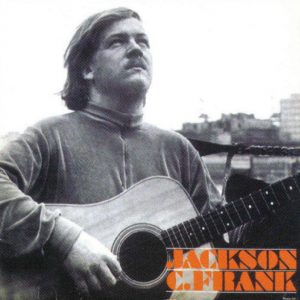
Navy bandsman Graham Jackson (1945)
by Henry Ludlam-Steinke | January 9, 2017
There is, of course, no such thing as a ‘Perfect Photograph’, nor is there any way of truly judging such a subjective medium. And yet, if there was ever a portrait which uses the ostensible ‘Golden Ratio’ so perfectly, it’s Ed Clark’s melancholy snapshot of Navy bandsman Graham Jackson (1945), taken outside the polio clinic where the late President Roosevelt had spent so much of his time. CPO Jackson’s eyes shed tears for the funeral train which rolls slowly by, carrying FDR’s flag-draped casket, whilst his fingers perform the sombre tune ‘Goin’ Home’, on the accordion.
Photographs as profound as this do not tend to respond well to garish ‘visual autopsies’ — but it is surely worth noting the effortless composition. The subject is positioned a third of the way in from the left-hand edge and his eyes lie an almost precise third in from the top. This leaves a sizeable amount of room on the right side, allowing his line of sight to move across the frame, and beyond. The angle captures the officer’s head and shoulders in front of a white pillar, creating a distinctly clean space in an otherwise busy composition. The juxtaposition between the subject’s military stance, immaculate uniform and the inability to suppress his emotion, allows us to extract the visceral sense of feeling, rarely achieved within portraiture.
There is a numbing sort of quality to snapshots like these — which seem to hit you even harder, the more you surround yourself with the context. Whilst there is unquestionably much we can criticise about the New Deal & Roosevelt era, there is likewise no denying that this snapshot has, over the years, come to symbolise not only a nation’s grief, but black America’s acknowledgement of Roosevelt’s efforts on behalf of civil rights during his terms. No, his presidency did not bring an end to the tremendous injustices that African Americans had to suffer on a day-to-day basis. Yes, some of Roosevelt’s undertakings, such as the work of the Federal Housing Administration, served to reinforce rather than break down the walls of segregation that set apart black from white in Jim Crow America.
And yet, in the immortal words of Mary McLeod Bethune, we are reminded that the Roosevelt era signified the “first time in their history” that a large number of African Americans felt they could properly communicate their grievances to their government, with the “expectancy of sympathetic understanding and interpretation.” The silent, invisible and utterly poisonous hand of racism was beginning to be exposed — not only as something negative, but as the national issue it was. And in the simple, painful, yet strangely rousing snapshot of CPO Jackson, we can almost hear his sad song playing decades later, long after he wiped away his tears.
Photo: Ed Clark




